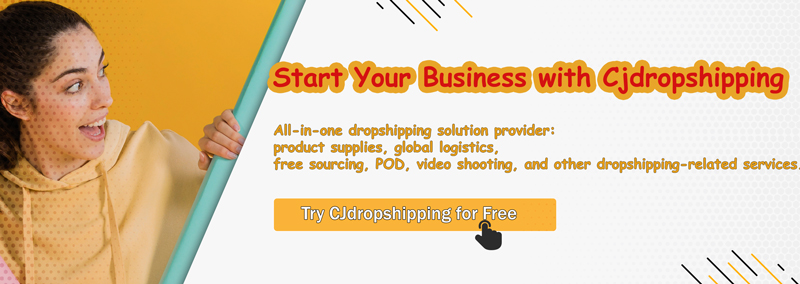The global toy industry has always been resilient, and in 2025 it’s growing faster than ever. Recent projections show the market reaching over $150 billion by 2027, fueled by demand for educational toys, tech-driven play, and eco-friendly alternatives. From parents buying developmental products for their kids to collectors chasing limited-edition figures, toys appeal to a wide spectrum of buyers—making them a uniquely profitable niche in e-commerce.
For entrepreneurs, toys dropshipping is especially attractive. Unlike many categories, toys combine:
-
High emotional appeal — parents, gift buyers, and collectors purchase with strong emotional triggers.
-
Seasonal and evergreen demand — big spikes during holidays like Christmas or Children’s Day, but steady sales year-round for essentials like baby toys or learning kits.
-
Diverse niches — from Montessori-inspired learning toys to STEM kits, collectibles, and outdoor play equipment.
With e-commerce adoption continuing to rise and social platforms like TikTok shaping viral toy trends, 2025 presents one of the best times to enter the toys market. The key lies in finding the right Toy dropshipping niches, working with reliable suppliers, and optimizing your listings to stand out in a competitive but rewarding industry.
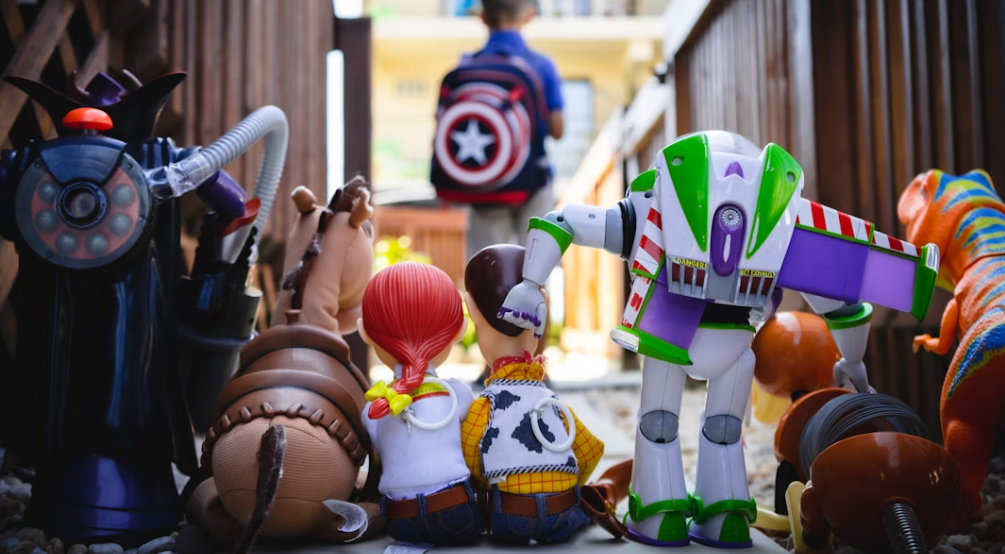
The Growing Global Toy Dropshipping Market: Trends & Insights
The toy market in 2025 is undergoing significant change, shaped by evolving consumer preferences, regulations, and technology. Understanding these shifts is crucial for dropshippers who want to pick toy niches with long-term potential.
A. Overall Market Size & Growth
In 2024, global toy sales were estimated at around $111.8 billion, growing about 3% year over year. Over the past five years, the toy industry has maintained a compound annual growth rate (CAGR) of about 4%, showing steady expansion. Looking ahead, forecasts project the global toy market to reach nearly $200 billion by 2033, with growth averaging around 6% CAGR.
What this means: Demand for toys is resilient. Even in uncertain economies, toy sales remain stable, making toys a reliable e-commerce category.
B. Rise of Educational & STEM Toys
Educational toys are one of the fastest-growing segments. The market is projected to grow from about $71 billion in 2025 to more than $108 billion by 2030, at a CAGR of over 8%. Children in the 5–8 age group drive much of this demand, especially for building kits, Montessori-inspired toys, and puzzles.
Why it’s important: Parents want toys that combine fun with development. Dropshippers focusing on educational or STEM niches benefit from both higher customer trust and strong repeat demand.
C. Eco-Friendly & Sustainable Toys
The eco-friendly toy market was valued at about $1.2 billion in 2024 and is expected to grow at over 12% CAGR from 2025 to 2034. Consumers are drawn to toys made from wood, bamboo, organic fabrics, or recycled plastics. Sustainability extends beyond the toy itself—eco-conscious packaging is also a growing priority.
Why this matters: Sustainable toys often command higher perceived value. Offering products with eco-friendly certifications sets your store apart and appeals to increasingly green-minded shoppers.
D. Collectibles, Pop Culture & “Kidult” Demand
A growing share of toy sales now comes from adults—often called “kidults”—who purchase toys for nostalgia, display, or collecting. Pop culture franchises, anime merchandise, and limited-edition building sets are particularly strong.
What to watch: Collectibles can be highly profitable, but they are trend-sensitive. Successful dropshippers often test small batches, monitor communities for rising demand, and move quickly when a trend goes viral.
E. Regional Insights & Supply Chain Shifts
-
North America accounts for nearly 40% of global toy sales, with high demand for licensed and pop culture toys.
-
Asia-Pacific is a fast-growing market, driven by middle-class expansion and stronger e-commerce adoption.
-
On the supply side, manufacturers are diversifying production beyond China due to tariffs, regulations, and shipping risks, making multi-region sourcing increasingly valuable.
F. Key Consumer Trends
-
Safety & Transparency: Parents expect toys to meet international safety standards and want visibility into materials.
-
Eco-Conscious Packaging: Shoppers prefer brands showing responsibility in both materials and shipping.
-
Social Media Discoverability: TikTok and YouTube continue to drive viral toy trends that can sell out quickly.
-
Giftability & Collectability: Toys are often purchased as gifts, meaning packaging, presentation, and emotional appeal matter.
What This Means for Toy Dropshippers
The takeaway is clear:
-
Focus on educational and eco-friendly toys—fastest-growing niches with strong customer loyalty.
-
Ensure suppliers meet safety certifications and can offer sustainable options.
-
Keep an eye on collectibles and pop culture trends, but test in small runs to minimize risk.
-
Choose suppliers with regional warehouses to shorten delivery times and reduce shipping costs.
For dropshippers entering the toy market in 2025, the combination of stable overall growth and niche-specific opportunities makes this one of the most promising categories.
Best Niches for Toys Dropshipping in 2025
The toy market is vast, but not every product will guarantee profits. To stand out, dropshippers should focus on niches where demand is rising, margins are sustainable, and consumer interest is long-lasting. Below are the most promising toy niches for 2025, each with a practical product example and actionable insights.
1. Educational Toys
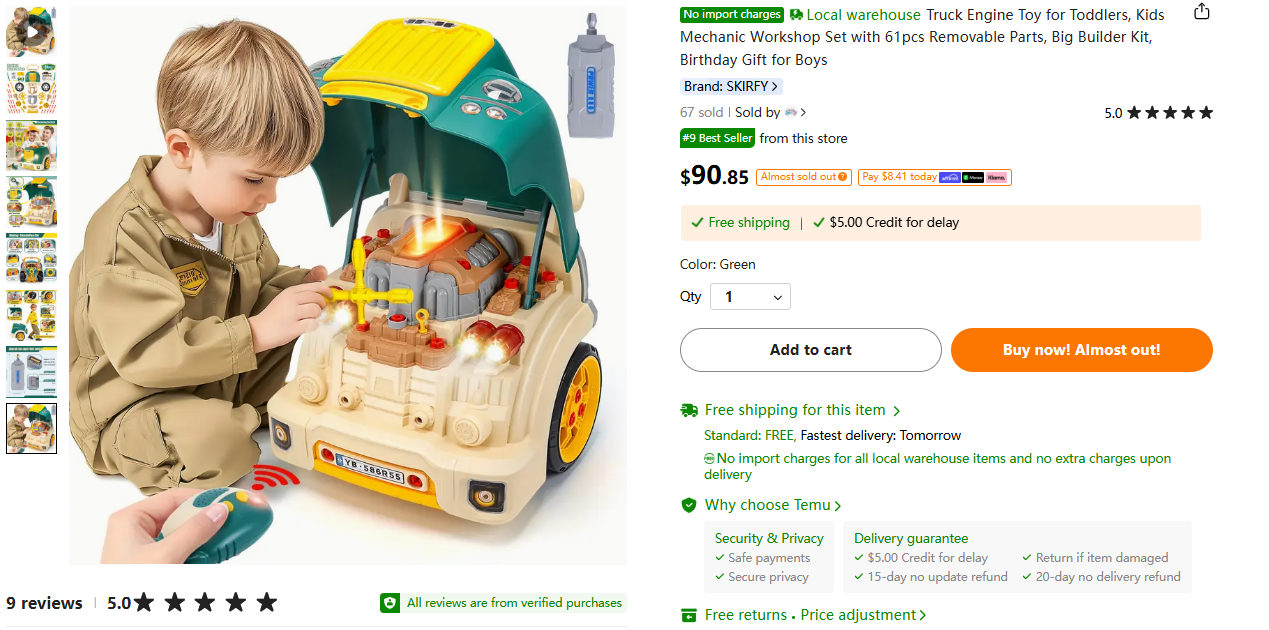
Winning Product Example: Montessori Wooden Puzzle Set
-
Why It Sells: Parents prioritize toys that build problem-solving and motor skills while keeping kids engaged. Educational toys offer both fun and learning value.
-
Trend Factor: The global educational toy segment is projected to grow by more than 8% annually, with strong demand from parents of children aged 3–8.
-
Profit Tip: Wholesale $5–$7, retail $20–$30. Bundling multiple puzzles increases perceived value and boosts margins.
-
Sourcing Tip: Choose suppliers who use certified safe paints and non-toxic wood. Certifications like EN71 or ASTM enhance credibility.
-
Store Strategy Tip: Market puzzles as both playtime fun and learning tools, targeting eco-conscious and homeschooling parents.
2. Eco-Friendly & Sustainable Toys
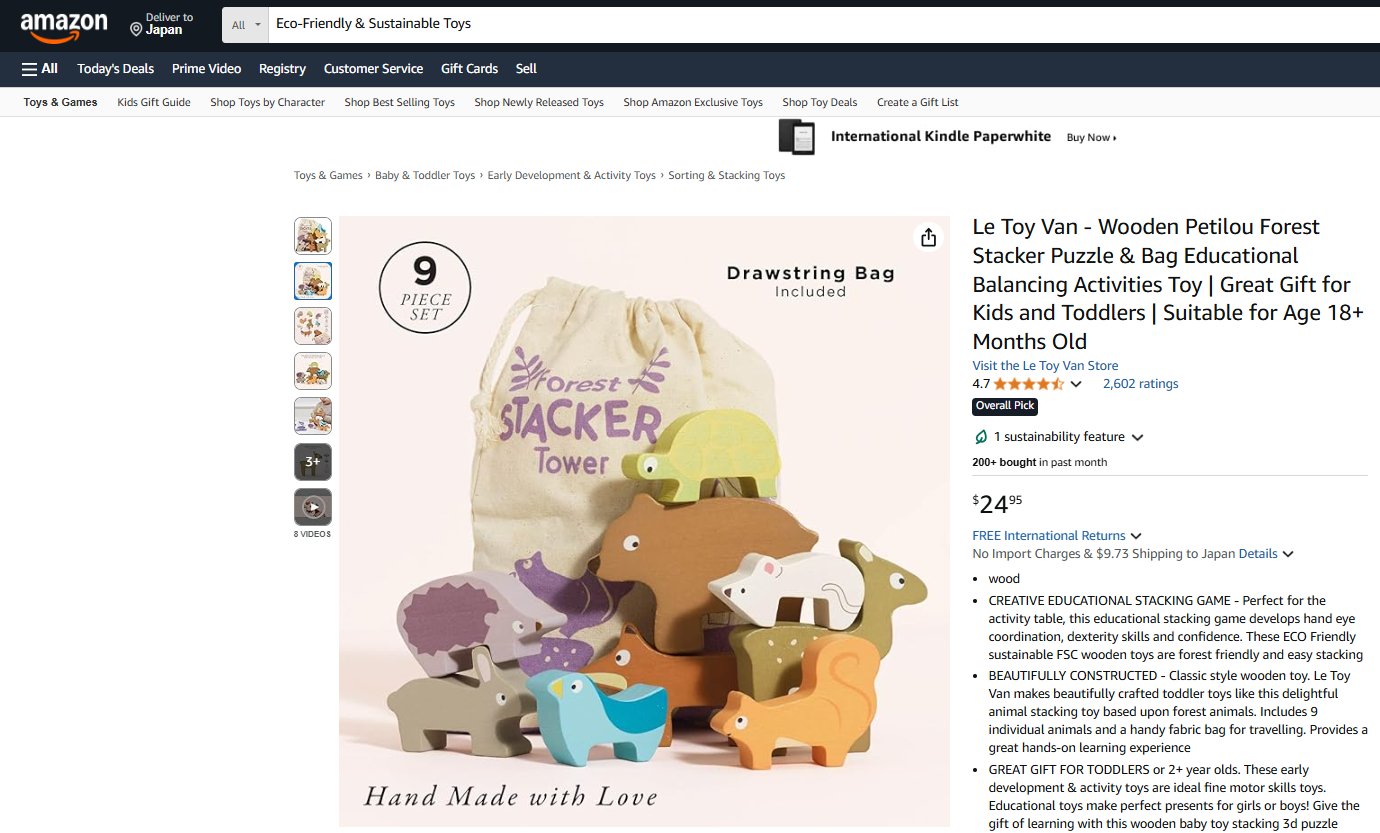
Winning Product Example: Organic Cotton Plush Animal
-
Why It Sells: Parents are more eco-conscious than ever, seeking safe, sustainable alternatives to plastic toys. Plush toys also appeal emotionally as gifts.
-
Trend Factor: Eco-friendly toys are expected to grow at over 12% CAGR through the next decade.
-
Profit Tip: Wholesale $8–$10, retail $30–$45. Highlight sustainability in product descriptions to justify premium pricing.
-
Sourcing Tip: Partner with suppliers using organic fabrics and recycled packaging. Request certification details for transparency.
-
Store Strategy Tip: Position these as “eco-friendly gifts” for birthdays and holidays, tapping into both parental and gifting markets.
3. Collectibles & Pop Culture Merchandise
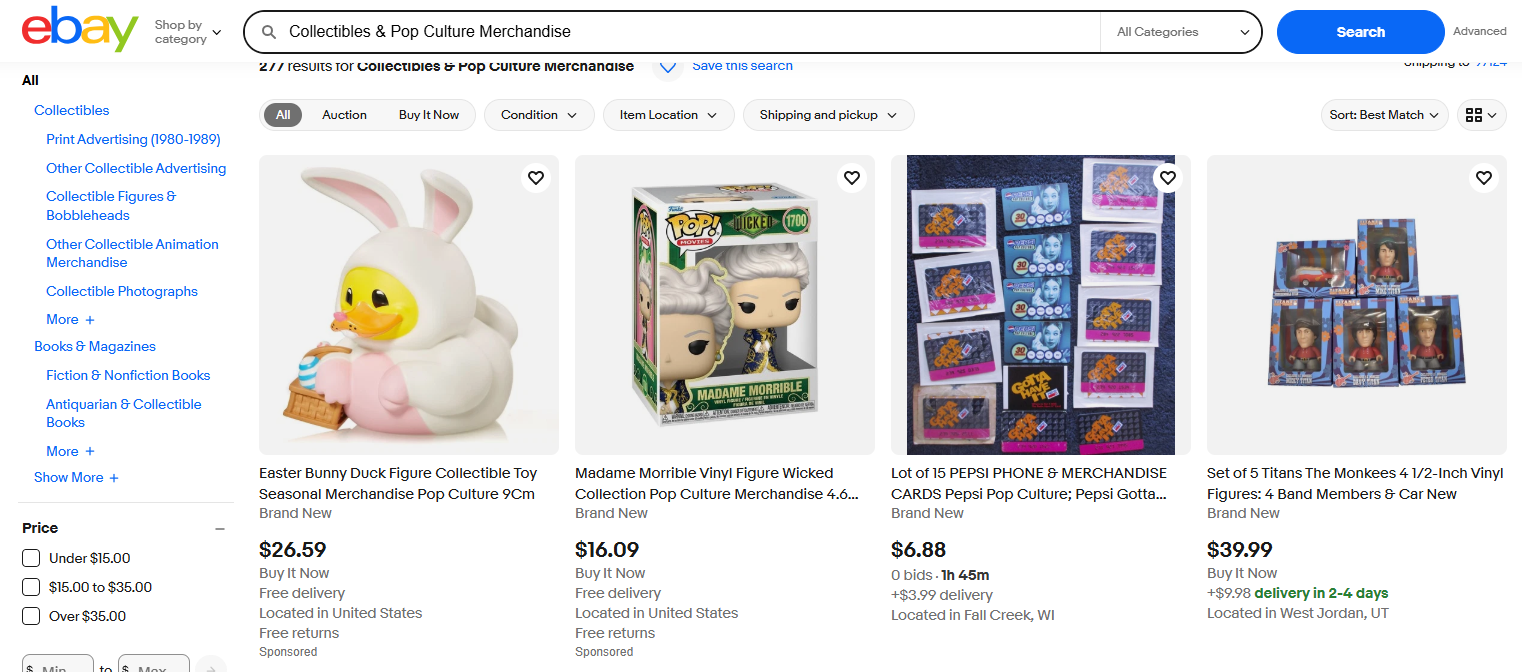
Winning Product Example: Anime-Inspired Action Figure
-
Why It Sells: Pop culture and anime fandoms fuel repeat purchases. Collectors often buy multiple figures, not just one.
-
Trend Factor: The “kidult” segment (adult toy buyers) is driving toy market growth, especially in collectibles and licensed merchandise.
-
Profit Tip: Wholesale $12–$15, retail $35–$60. Limited editions or blind-box formats can boost demand and margins.
-
Sourcing Tip: Ensure authenticity or high-quality replicas to avoid complaints from collectors. Work with suppliers experienced in licensed or niche items.
-
Store Strategy Tip: Build a community-driven marketing approach, leveraging Reddit, TikTok, or Instagram fan groups to generate buzz.
4. Outdoor & Active Play Toys
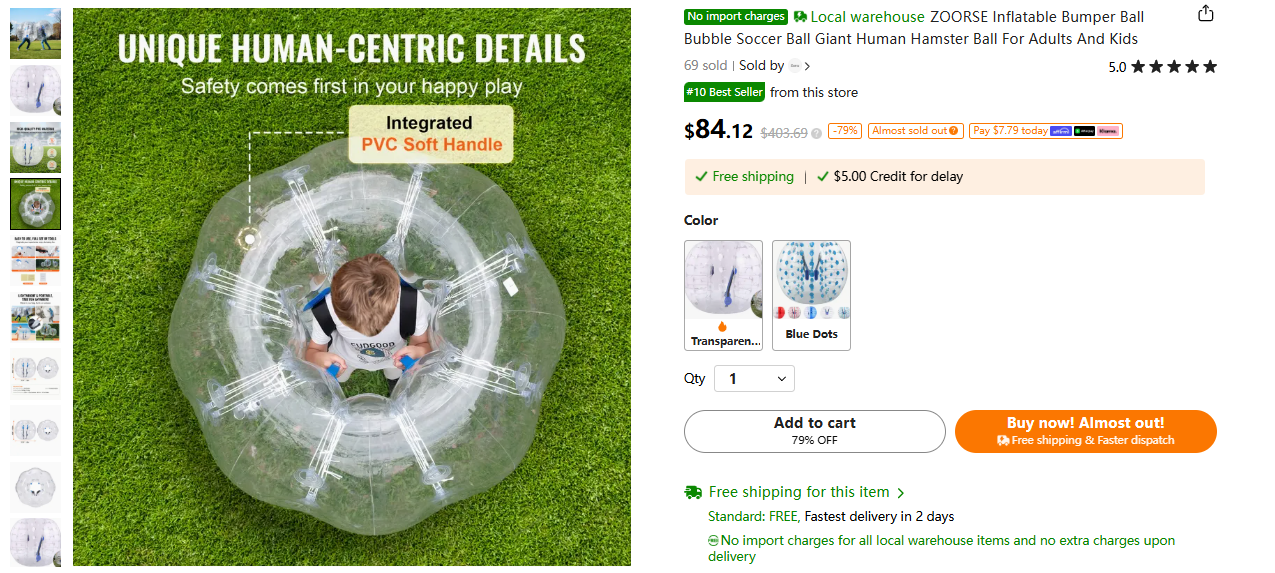
Winning Product Example: Foldable Kick Scooter for Kids
-
Why It Sells: Parents want to encourage outdoor activity, and scooters are popular for both play and mobility.
-
Trend Factor: With growing focus on children’s health and outdoor fun, outdoor toy sales surge in spring and fall.
-
Profit Tip: Wholesale $20–$25, retail $60–$80. Offering accessories (helmets, pads) can further increase order value.
-
Sourcing Tip: Choose suppliers with sturdy, safety-tested designs. Durability is critical for outdoor toys.
-
Store Strategy Tip: Market scooters as holiday gifts in October–December, supported by lifestyle videos of kids riding them.
5. STEM & Tech Toys
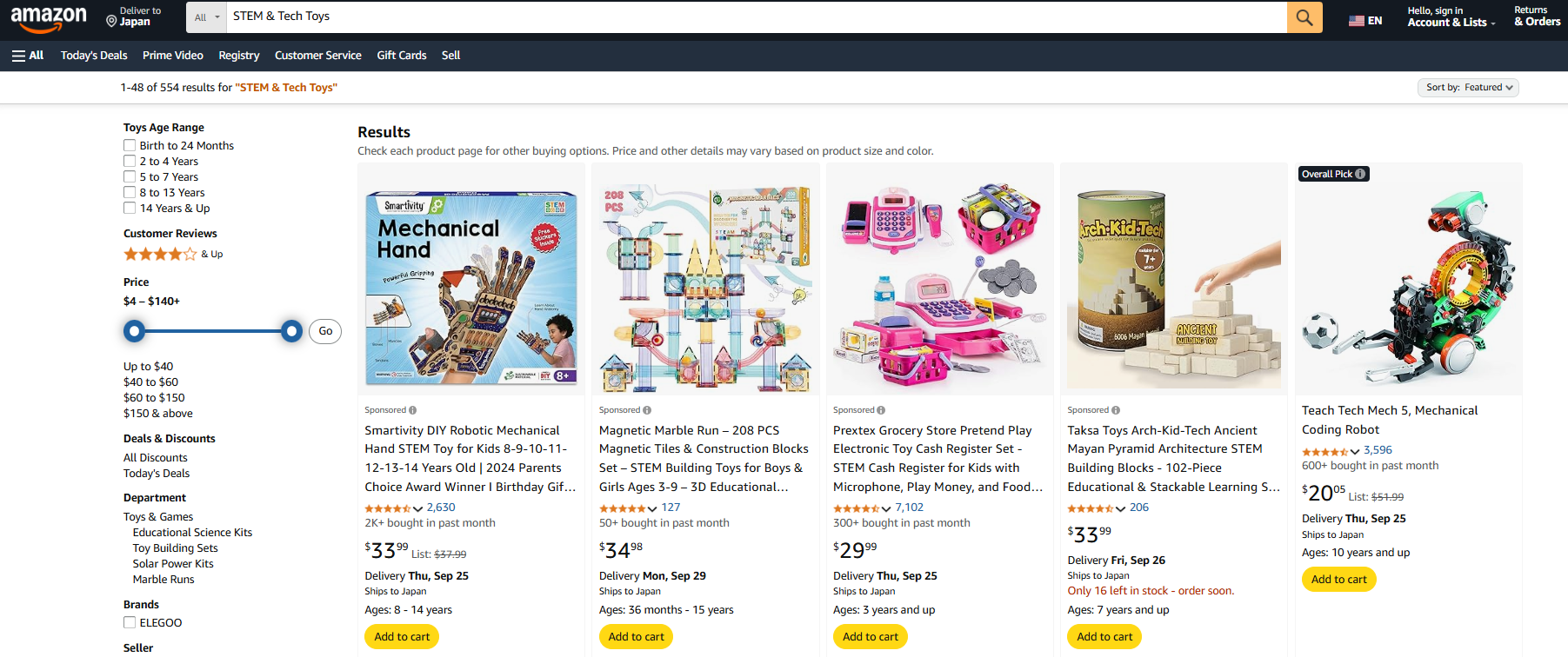
Winning Product Example: Kids’ DIY Robotics Kit
-
Why It Sells: STEM toys combine fun with education, appealing to parents who want to prepare children for tech-driven futures.
-
Trend Factor: The STEM toy category is one of the fastest-growing, aligned with rising interest in coding, robotics, and science.
-
Profit Tip: Wholesale $25–$30, retail $70–$100. Premium positioning justifies higher pricing.
-
Sourcing Tip: Partner with suppliers who provide clear instructions, reliable components, and replacement parts.
-
Store Strategy Tip: Use video demonstrations showing how the robot works—this significantly boosts conversions.
6. Baby & Toddler Development Toys

Winning Product Example: Silicone Teething Toy Set
-
Why It Sells: Baby toys are evergreen; teething toys address a universal need and enjoy repeat demand.
-
Trend Factor: Baby and toddler toy sales remain steady, with sensory play and safe materials being key purchase drivers.
-
Profit Tip: Wholesale $3–$5, retail $15–$25. Multi-piece sets increase margins and gifting appeal.
-
Sourcing Tip: Ensure BPA-free, FDA-approved, and food-grade silicone materials. Compliance is crucial in this niche.
-
Store Strategy Tip: Target new parents with bundle promotions, upselling teething toys with rattles or sensory mats.
Key Takeaway: The most profitable niches in toys dropshipping are those that combine educational value, emotional appeal, sustainability, and trend-driven demand. By aligning with these niches, sellers can capture seasonal spikes while building a stable foundation for year-round sales.
Top Toys Dropshipping Suppliers (2025)
Choosing good suppliers is one of the most important pieces when building a successful toy dropshipping store. A great supplier ensures product quality, safety, timely shipments, and branding support—all of which matter especially in the toy niche. Below are some of the best options in 2025, including CJdropshipping, plus strong alternatives you should evaluate.
1. CJdropshipping
Overview:
CJdropshipping offers a large toy catalog covering educational toys, outdoor/active toys, tech-interactive toys, and novelty items. Their service includes product sourcing, branding options (packaging & inserts), and automated fulfillment integration.
Strengths:
-
Global warehouse footprint (US, Europe, Asia) → faster shipping & lower freight costs.
-
Private-label & custom packaging options to help your toys stand out.
-
Good integration with e-commerce platforms like Shopify, WooCommerce, etc.
-
Ability to source trending toy items not yet in their catalog, giving you a first-mover advantage.
Limitations:
-
For certain branded/licensed toys, licensing can be complex or restricted.
-
Some customization (especially private labeling or packaging) may have minimum order quantities (MOQ).
-
Quality can vary among suppliers—sampling remains essential.
Best For:
Stores wanting an all-round supplier for both seasonal toys (e.g. outdoor/active or Halloween novelties) and evergreen staples (e.g. educational, sensory, STEM toys) with a consistent brand look and faster delivery for key markets.
2. Spocket
Overview:
Spocket connects merchants with suppliers primarily in the US and EU, with a selection of toys among its curated product lines. These are often unbranded or generic toys aligned with trending categories.
Strengths:
-
Fast fulfillment times (2–5 days in key regions) which helps during peak seasons.
-
Suppliers often offer branded invoicing and higher quality standards, useful for trust signals.
-
Easy to filter for “premium” or fast-shipping suppliers, making selection more efficient.
Limitations:
-
Catalog size in the toy category is smaller than global platforms; fewer niche collectible or licensed items.
-
Higher cost base due to “western region” sourcing → may squeeze margins.
-
Less support for deep customization or private labeling in toys specifically.
Best For:
Entrepreneurs targeting Western markets who value speed, quality, and customer trust over the lowest possible cost. Great for toys with aesthetic appeal, gifts, or unique designs where delivery time and presentation matter.
3. Syncee
Overview:
Syncee is a B2B marketplace with a wide network of toy suppliers globally. They offer integration tools for inventory syncing, product import, and supplier discovery.
Strengths:
-
Access to many suppliers, enabling niche discovery (STEM kits, specialty plush, wooden educational toys).
-
Automated updates of inventory and pricing, minimizing overselling.
-
Integration compatibility with popular store platforms which simplifies operations.
Limitations:
-
Subscription fees or platform charges are often needed.
-
Supplier quality and shipping speed vary widely—some are slower or use distant shipping routes.
-
Private labeling/custom packaging often less developed in many of the supplier listings.
Best For:
Dropshippers who want to experiment with multiple toy niches, test new subcategories, and are okay doing a bit more vetting work. Good for keeping product lines fresh and responsive to trend shifts.
4. Inventory Source & Other Wholesale Directories
Overview:
Platforms like Inventory Source list many verified toy / children’s product suppliers, often wholesalers or dropship-ready distributors.
Strengths:
-
Large supplier directories with many toy product options (kid’s toys, baby & toddler toys, crafts, etc.).
-
Many are based in the US, which can help with lower shipping times and regulatory compliance.
-
Some suppliers allow dropshipping, which means you can offer broader assortments without inventory upfront.
Limitations:
-
Many wholesalers are not optimized for small orders; lead times and minimums might be higher.
-
Branding / private labeling may be limited or more manual.
-
Customer service, product images, and packaging variations tend to vary significantly; need caution.
Best For:
Sellers looking to build breadth in their toy catalog (many SKUs), or who want to complement their main supplier with additional toy lines (e.g. accessories, bulk gifts). Good for stores selling variety and testing.
5. SaleHoo
Overview:
SaleHoo is a directory of suppliers (wholesale, dropship) with vetted reviews. It includes toy suppliers among many other niches.
Strengths:
-
Strong supplier verification and a community of sellers to consult.
-
Useful educational resources — helps newer entrepreneurs understand toy safety, listing practices, etc.
-
Access to trending toy items through the salehoo “labs” or trending product tools.
Limitations:
-
Some suppliers are generalists, may not specialize in toy safety or packaging.
-
Pricing may be higher, or shipping slower, particularly for international suppliers.
-
Less private label/branding support for toy lines vs. generic or non-licensed products.
Best For:
Beginners or mid-level sellers who want trusted suppliers, decent assortment, and guidance. Particularly useful if you want lower risk in supplier selection.
Strategic Tips for Choosing Suppliers in Toys Dropshipping
-
Always check safety & compliance: look for certifications like ASTM, EN71, CE, etc.
-
Ensure shipping times—especially during Q4—are reliable, ideally from warehouses close to your target customers.
-
Factor in packaging & branding: toy buyers (parents, gift-givers) often place high value on how a toy is presented.
-
Order sample units before launching full listings to check product durability, finish, packaging, and user appeal.
-
Monitor supplier reviews, response time, and return policies—they can make or break customer satisfaction in toy sales.
Listing Tips for Selling Toys Online
In the toys niche, presentation is everything. Parents, gift shoppers, and collectors are making emotional purchases, and the way your products are listed can be the difference between browsing and buying. Here are some proven listing strategies to make your toys dropshipping store stand out.
1. Keyword-Optimized Titles & Descriptions
-
Why It Matters: Search visibility is critical. Many toy purchases begin with broad searches like “STEM toy set” or “eco-friendly baby toy.”
-
How to Do It:
-
Use specific keywords (“Montessori wooden puzzle set for toddlers” instead of just “toy puzzle”).
-
Highlight age group, material, and benefits in titles.
-
Write descriptions that combine features + emotional value (e.g., “boosts motor skills” or “perfect holiday gift”).
-
2. High-Quality Images & Videos
-
Why It Matters: Parents and gift-givers want to see toys in action. Visuals also increase trust and reduce returns.
-
How to Do It:
-
Use clear, well-lit photos from multiple angles.
-
Add lifestyle images showing children or families using the toy (with safety disclaimers if needed).
-
Short demo videos (10–30 seconds) on TikTok or Instagram can dramatically boost conversion rates.
-
3. Compliance & Safety Information
-
Why It Matters: Safety is non-negotiable in the toy industry. Buyers look for reassurance.
-
How to Do It:
-
Clearly state compliance certifications like ASTM, CE, or EN71.
-
Add age recommendations (e.g., “suitable for ages 3+”).
-
Mention non-toxic paints, BPA-free materials, or food-grade silicone where relevant.
-
4. Seasonal Promotions & Bundling
-
Why It Matters: Toys are heavily seasonal, peaking around holidays like Halloween, Christmas, or Children’s Day. Bundles increase perceived value and average order value.
-
How to Do It:
-
Offer “Holiday Gift Sets” by combining complementary toys.
-
Run time-sensitive promotions (“limited stock for Halloween décor toys”).
-
Use urgency triggers—countdowns, limited editions, or “last chance” badges.
-
5. Leveraging Social Media & Influencers
-
Why It Matters: Toys thrive on visual platforms. TikTok trends and YouTube reviews can make a toy go viral overnight.
-
How to Do It:
-
Collaborate with parent bloggers, educators, or kid-friendly influencers.
-
Encourage user-generated content (UGC) by offering discounts in exchange for photos or short videos.
-
Use hashtags like #STEMToys, #Montessori, and #HolidayGift to reach targeted audiences.
-
6. Highlight Gifting Potential
-
Why It Matters: A large portion of toy purchases are gifts.
-
How to Do It:
-
Add phrases like “Perfect Birthday Gift” or “Christmas Stocking Stuffer” in product descriptions.
-
Show packaging options or custom wrapping if your supplier provides them.
-
Offer bulk discounts for family buyers (“Buy 2, Get 10% Off”).
-
Pro Tip: Always test and optimize listings. Track which keywords convert, which images get the most clicks, and which bundles increase cart value. Continuous improvement is the key to staying ahead in toys dropshipping.
Challenges in Toys Dropshipping
Toys can be one of the most profitable categories in e-commerce, but they also come with unique challenges that dropshippers must navigate carefully. Unlike generic products, toys involve strict safety requirements, emotional buying behavior, and strong competition. Here are the biggest hurdles in toys dropshipping—and how to address them.
1. Safety Regulations and Compliance
The Challenge: Toys sold online must meet safety standards such as ASTM (US), CE (Europe), or EN71. Parents pay close attention to age-appropriateness, choking hazards, and material safety. Selling non-compliant toys can result in refunds, legal penalties, or store bans.
How to Address It:
-
Work only with suppliers who provide safety certification documents.
-
Clearly display safety information in product listings.
-
Order samples to verify build quality before scaling sales.
2. Seasonality and Inventory Fluctuations
The Challenge: Toy sales spike during holidays like Christmas, Children’s Day, and Halloween, creating massive seasonal demand. But demand outside peak seasons can slow down, leading to uneven revenue.
How to Address It:
-
Balance seasonal best-sellers (Halloween toys, Christmas gifts) with evergreen products like educational kits and toddler toys.
-
Use multiple suppliers with global warehouses to minimize delivery delays during peak demand.
-
Run early promotions to capture shoppers who start buying gifts weeks in advance.
3. High Market Competition
The Challenge: Toys are dominated by big players like Lego, Hasbro, and Mattel, as well as thousands of smaller e-commerce sellers. Competing purely on price is risky and unsustainable.
How to Address It:
-
Differentiate by focusing on niches (eco-friendly, Montessori, STEM, collectibles).
-
Build a brand identity with custom packaging and private labeling to add credibility.
-
Use content-driven marketing (tutorials, toy demos, reviews) to build trust and attract buyers beyond ads.
4. Logistics and Fulfillment Risks
The Challenge: Toys are often bulky or fragile, making shipping costs and breakage risks higher. Delays in Q4 can cause angry customers and refund requests.
How to Address It:
-
Partner with suppliers like CJdropshipping, which offers regional warehouses in the US and EU for faster and safer delivery.
-
Choose compact and durable toy products to reduce shipping issues.
-
Offer clear return policies and responsive customer service to maintain trust.
5. Returns and Customer Expectations
The Challenge: Parents and gift-buyers have high expectations—if a toy doesn’t match the description or feels low quality, returns are likely. Unlike fashion, opened toys often can’t be resold, increasing costs.
How to Address It:
-
Write transparent descriptions that match product quality.
-
Use realistic images and videos to avoid mismatched expectations.
-
Prioritize product testing with samples before advertising widely.
Key Takeaway: Toys dropshipping comes with challenges, but most risks can be reduced by choosing reliable suppliers, prioritizing compliance, and focusing on branding. Sellers who prepare well can turn these challenges into competitive advantages.
Final Thoughts: Building a Sustainable Toys Dropshipping Store in 2025
Toys are more than just products—they’re tied to learning, imagination, and emotional connections. That makes them one of the most powerful categories in e-commerce, but also one that demands careful planning. In 2025, toys dropshipping offers a golden opportunity for entrepreneurs who are ready to balance creativity with compliance and strategy.
The most successful stores will be those that:
-
Target the right niches — from STEM and educational toys to eco-friendly and collectible categories.
-
Partner with reliable suppliers — platforms combining global warehouses, branding options, and sourcing support for both seasonal and evergreen products.
-
Build strong listings and trust signals — clear safety certifications, high-quality visuals, and keyword-optimized product descriptions set you apart in a competitive market.
-
Balance seasonal hype with evergreen stability — capture Q4 spikes from gifting trends while ensuring year-round revenue through consistent sellers like toddler toys and educational sets.
Dropshipping toys in 2025 is not just about quick wins during holiday peaks—it’s about building a sustainable, trusted brand that customers return to again and again. By choosing the right niches, working with dependable partners, and focusing on quality and trust, you can turn toys dropshipping into a long-term business with both profitability and resilience.

